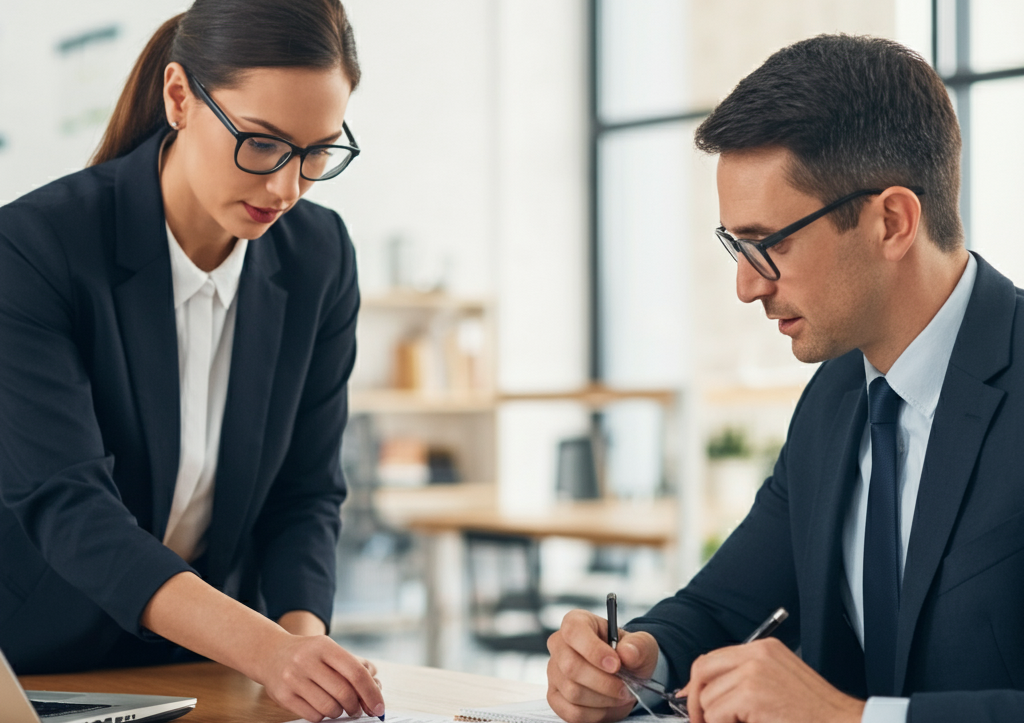During a recent team discussion, I was asked for my thoughts on the intersection of sales and project management, particularly the risk of overpromising. The concern arose because the project manager had not been involved in the sales process, prompting fears that the project may have been oversold. This left the project manager apprehensive about managing client expectations and wary of committing to deliverables beyond what was realistically achievable.
Overpromising Kills Relationships
Overpromising presents a significant challenge in both sales and project management. In sales, it can lead to disappointed clients and strained relationships. In project management, it often results in missed deadlines, budget overruns, or unmet expectations. Striking the right balance between ambition and practicality is critical—not only for achieving goals but also for building trust and ensuring sustainable success. Every promise you make reflects your credibility, and failing to deliver can cause lasting damage to both your reputation and your professional relationships.
To avoid the risk of overpromising, whether you’re closing deals or managing projects, a clear understanding of your team’s capabilities is vital. Knowing exactly what your organization can deliver helps you avoid the common pitfall of overpromising. Making lofty assurances only to later admit, “Here’s what we can actually deliver,” can erode confidence and lead to failure. Instead, align your commitments with your team’s strengths and available resources. By setting clear, achievable expectations from the outset, you can foster trust and ensure a smoother path to success.
In sales, the pressure to say “yes” to client demands can be intense. The fear of losing a deal often prompts hasty promises that the team may struggle to fulfill. Yet, securing a deal that cannot be delivered is far more harmful in the long run. Failing to meet expectations not only damages your credibility but can also alienate future opportunities. By being honest and transparent about what you can realistically provide, you’ll cultivate trust, protect your reputation, and lay the foundation for sustainable growth.
Ultimately, success in both sales and project management depend on effective expectation management. Aligning sales with project deliverables ensures harmony between what’s offered and what’s achievable and avoids the risk of overpromising. This approach reinforces trust, safeguards your reputation, and positions your team for long-term success.
Honesty is the Best Policy
Transparency is key to building trust with your clients. Always be clear about what your team or organization can deliver. Successfully completing a project requires the right skill set, and if there are areas where experience is lacking, it’s crucial to communicate this openly. By addressing these gaps upfront, you create an opportunity to propose alternative solutions or showcase how you’ll still meet the client’s goals effectively. Honest communication paves the way for stronger partnerships and successful outcomes.
In project management, it’s not just about delivering on time and within budget. It’s also about managing expectations and communicating any challenges that arise along the way. By being upfront with clients about potential roadblocks or delays, you can work together to find solutions that meet everyone’s needs. Honesty also allows for a more collaborative approach to problem-solving, fostering teamwork and strengthening relationships.
Similarly, in sales, honesty is crucial when discussing timelines and deliverables. While it may be tempting to overpromise in order to close a deal, this tactic often backfires in the long run. Instead, take the time to fully understand your client’s needs and capabilities before making commitments. This will help you avoid overpromising and ensure that you are setting achievable expectations from the beginning.
Making Commitments
So how do you ensure that you have the right information to commit to a project? Here are some steps to avoid the risk of overpromising:
- Understand the project scope and requirements – Before making any commitments, it’s crucial to have a complete understanding of the project scope and requirements. This includes knowing the client’s goals, timeline, budget, and any specific needs or expectations they may have. Don’t be afraid to ask questions or seek clarification if needed.
- Assess your team’s capabilities – Once you understand the project scope, take an honest look at your team’s capabilities. Consider factors such as skills, experience, workload capacity, and availability when evaluating whether you can realistically deliver on the project within the given constraints.
- Consult with relevant stakeholders – Involving relevant stakeholders in your decision-making process can provide valuable insight into the project’s feasibility. They can offer advice on potential obstacles, provide a different perspective, or suggest alternative approaches to meet the client’s needs.
- Communicate clearly and set realistic expectations – Based on your assessment and consultation with stakeholders, communicate transparently with the client about what you can realistically deliver. Set clear expectations for timelines, budget, and any limitations or constraints that may impact the project. It’s better to under promise and overdeliver than to promise too much and underdeliver.
- Continuously monitor progress – Throughout the project lifespan, continuously monitor progress and make adjustments as needed. If unforeseen challenges arise, be open and honest with the client about them and work together to find solutions. This shows your commitment to delivering quality results and builds trust with the client.
- Learn from past experiences – Reflect on previous projects where you may have overpromised or underdelivered and identify areas for improvement. Use these learnings to inform future commitments and establish a track record of reliability and success.
By following these steps, you can steer clear of the common pitfalls of overpromising in both sales and project management.
Building Client Relationships
Equally vital is fostering strong client relationships—when trust is established, minor errors are often forgiven. A solid foundation of trust also enables open and honest conversations, especially when addressing unrealistic requests or expectations. However, building such a relationship often requires consistent, successful delivery over time, laying the groundwork for mutual trust and transparency. Here’s how to establish a strong relationship with a client:
- Communication – Open and frequent communication is key to building a strong client relationship. Keep the client informed throughout the project, provide regular updates, and be available to address any concerns or questions they may have.
- Listen to their needs – Make an effort to understand your client’s goals, expectations, and concerns. Be attentive and actively listen during meetings or discussions, offering solutions that align with their needs.
- Demonstrate reliability – Consistently meeting deadlines and delivering quality work builds trust with clients. Show that you are reliable by following through on commitments and communicating effectively if any challenges arise.
- Be proactive – Take the initiative to anticipate potential issues or roadblocks and proactively communicate any updates or adjustments. This demonstrates your commitment to the project’s success and builds trust with clients.
- Provide exceptional customer service – Going above and beyond for your clients can make a significant impact on building strong relationships. Be responsive, exceed expectations, and offer value-added services to show your dedication to their satisfaction.
- Foster open and honest communication – Encourage open and honest feedback from clients, whether positive or constructive criticism. This shows that you value their input and are committed to continuously improving the relationship.
By following these principles, you can establish a strong foundation of trust with your clients and foster long-term relationships built on reliability, transparency, and mutual respect.
Commit to Continuous Learning and Growth
Sales and project management are ever-evolving fields that demand a commitment to ongoing learning and adaptability. As technology progresses, client expectations shift, and market trends change, staying informed about the latest developments is essential. This means honing your skills, exploring new tools and techniques, and actively pursuing opportunities for professional growth.
Feedback is an invaluable tool for improvement. After completing a project, proactively seek client feedback to identify areas where expectations may not have been fully met. Use this input constructively to refine your strategies and approaches. Additionally, document key lessons learned from each project—this archive can serve as a valuable resource for planning and executing future initiatives.
Embrace challenges that push you beyond your comfort zone. View change not as a hurdle, but as a chance to learn and evolve. By continually broadening your skillset and deepening your knowledge, you’ll enhance your professional value and establish a strong foundation for lasting success in both sales and project management.
Conclusion
Honesty and transparency are fundamental to success in sales and project management. To avoid the risk of overpromising, it’s crucial to understand your organization’s capabilities, set realistic expectations, and prioritize continuous improvement. By doing so, you can build trust with clients and establish yourself as a reliable and credible professional.
Always prioritize clear and honest communication—it’s the foundation for delivering successful projects and building strong, lasting relationships. Remember, integrity is not just about short-term gains; it’s about creating a reputation that fuels long-term success and growth.
Don’t let the pressure to say “yes” compromise your judgment. Be upfront, stay genuine, and focus on improvement. When you lead with honesty and transparency, your credibility will not only grow but thrive.
Click here for a post on why successful sales professionals can fail.





